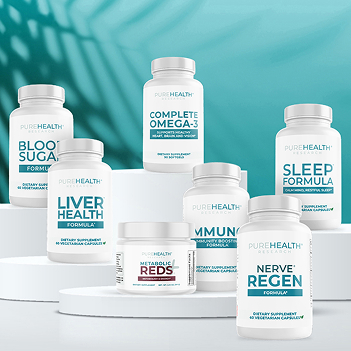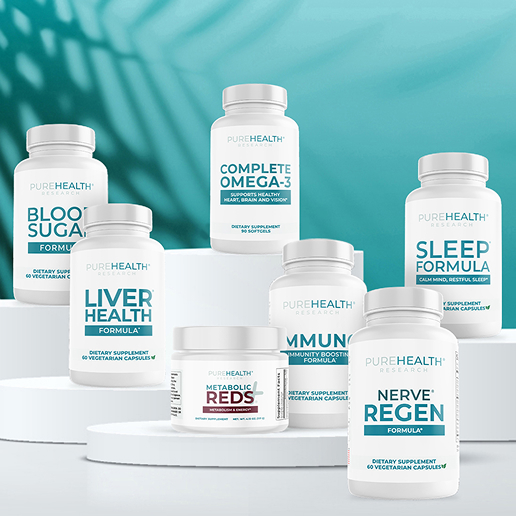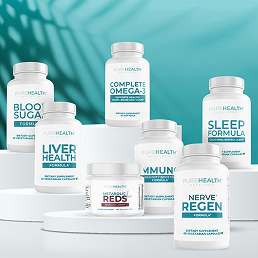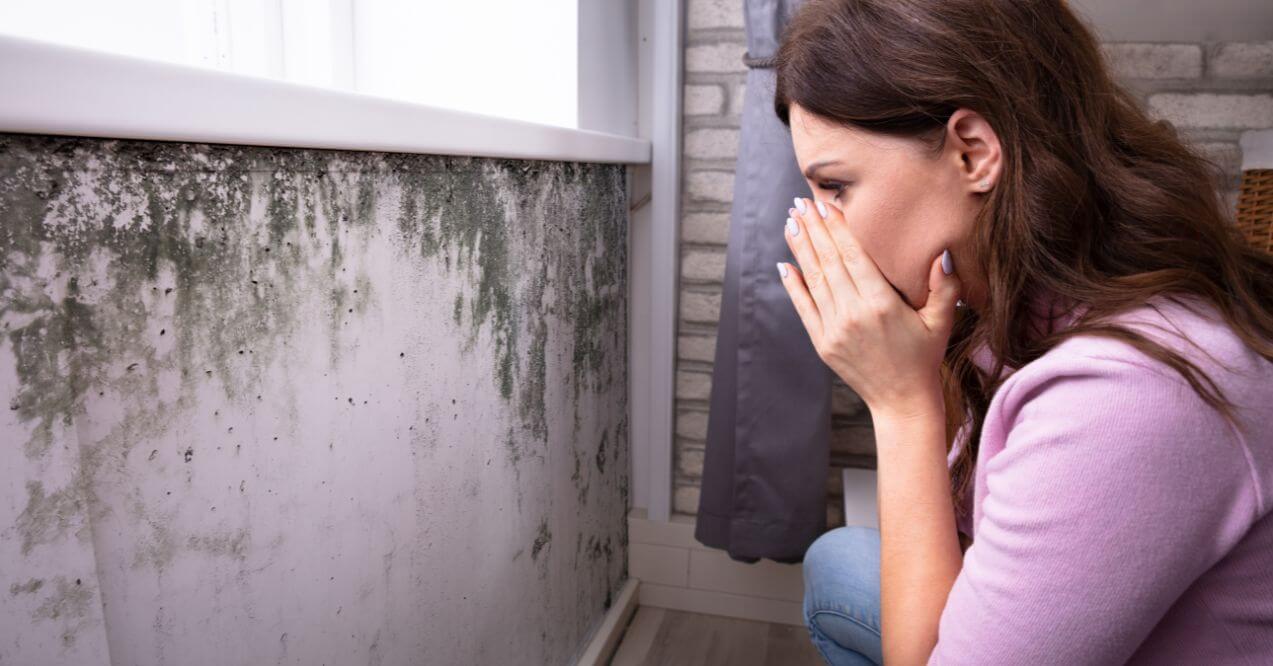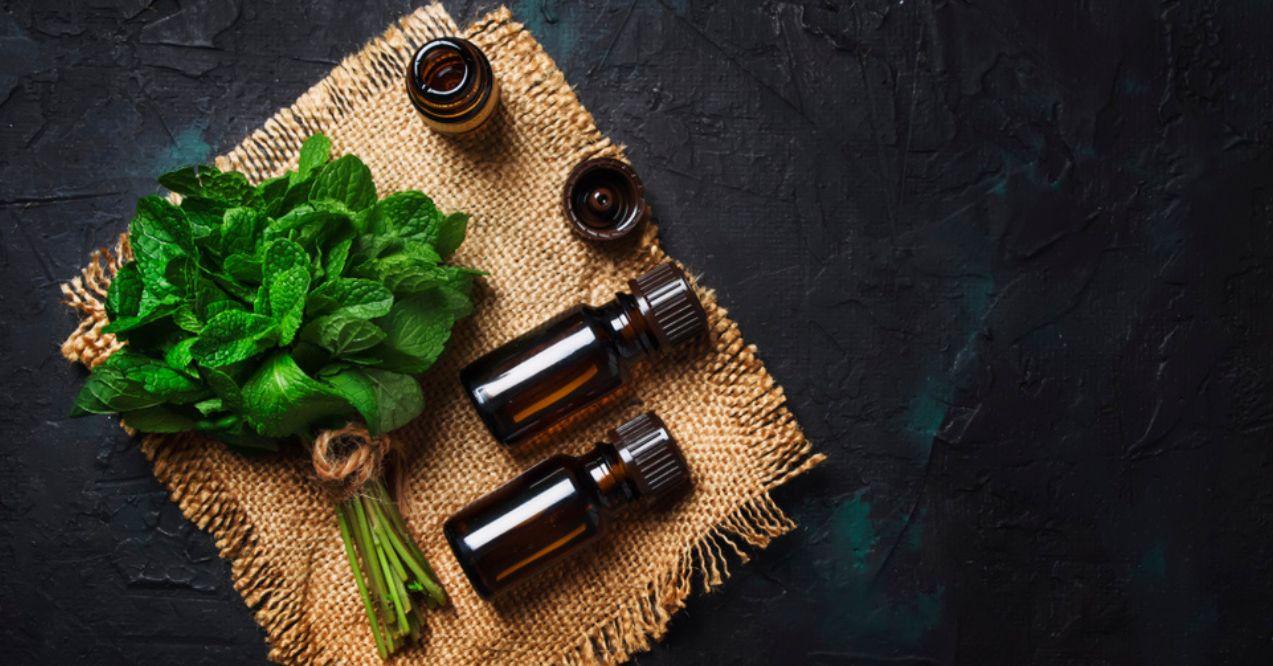Lymphedema Diet and Regimen Plan (With Scientific Evidence)
A lymphedema diet, combined with proper lifestyle modifications, plays a vital role in supporting your overall well-being when living with lymphedema. For many individuals experiencing this condition, managing fluid retention and maintaining healthy tissues becomes an essential part of daily life. In this comprehensive guide, we’ll explore evidence-based dietary approaches that may help alleviate discomfort […]


A lymphedema diet, combined with proper lifestyle modifications, plays a vital role in supporting your overall well-being when living with lymphedema. For many individuals experiencing this condition, managing fluid retention and maintaining healthy tissues becomes an essential part of daily life.
In this comprehensive guide, we’ll explore evidence-based dietary approaches that may help alleviate discomfort and support your body’s natural lymphatic flow. We’ll dive into scientific research about nutrition strategies, examine practical meal planning tips, and discuss how specific food choices can work alongside other management techniques to promote better quality of life.
What is Lymphedema?

Lymphedema is a condition that occurs when lymph fluid builds up in the body’s soft tissues, typically affecting the arms or legs. This accumulation happens when the lymphatic system, which helps remove waste and other materials from your tissues, isn’t working as effectively as it should.
Lymphedema can develop for different reasons. Some people are born with lymphatic system differences (primary lymphedema), while others may experience it after certain life events that affect their lymphatic system (secondary lymphedema). Common signs include:
- Swelling that typically begins in your fingers or toes and may progress up your arms or legs
- A feeling of heaviness or tightness in the affected area
- Restricted range of motion in your joints
- Skin changes, such as thickening or hardening
- Discomfort during daily activities
The impact of lymphedema extends beyond physical symptoms. It can affect your ability to perform everyday tasks, influence your clothing choices, and sometimes make social situations challenging. However, with proper management strategies, including attention to diet and lifestyle, many people maintain an active and fulfilling life.

What is Complete Decongestive Therapy (CDT)?
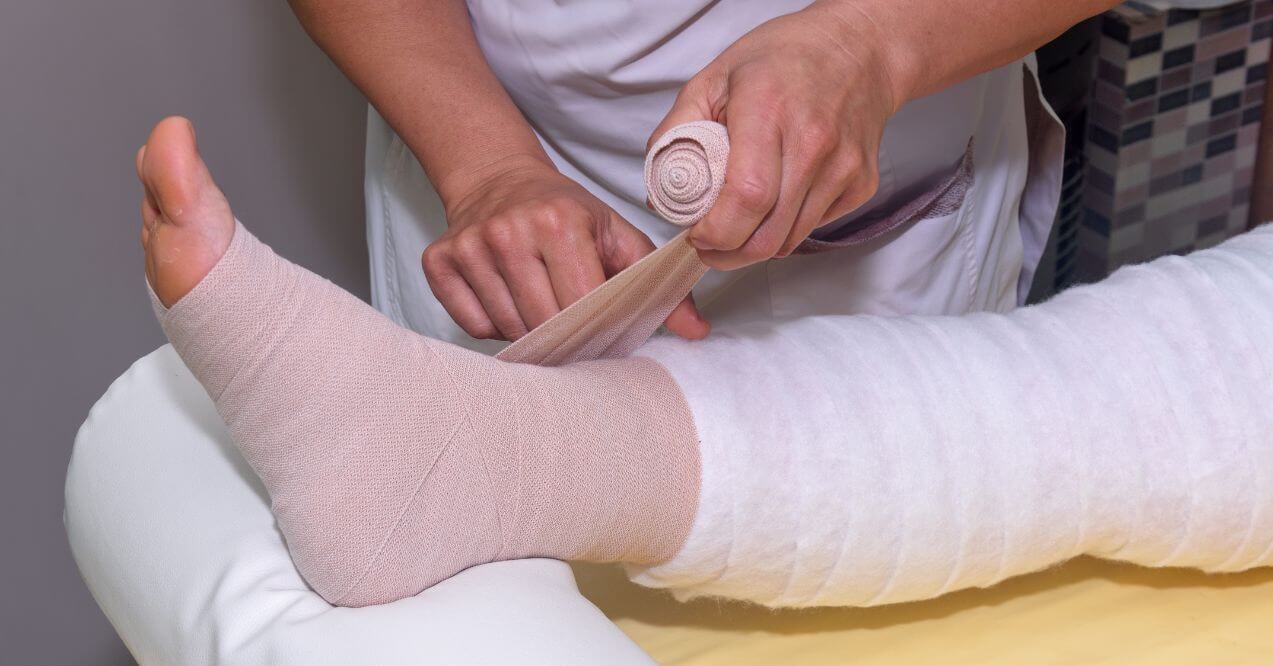
Complete Decongestive Therapy (CDT) is a structured approach designed to support the body in managing lymphedema. It combines multiple techniques to help reduce swelling, improve mobility, and promote lymphatic flow.
The four main components of CDT include:
- Manual Lymphatic Drainage (MLD) – Gentle, specialized movements that encourage natural lymphatic system cleanse and promote fluid flow. These precise techniques help maintain comfort in affected areas.
- Compression Therapy – The use of specialized bandages or garments that provide graduated pressure to support fluid movement and maintain results
- Exercise – Specific movement patterns designed to activate muscles and promote natural lymph fluid circulation
- Skin Care – Proper cleansing and moisturizing routines to maintain skin health and comfort in affected areas
CDT typically occurs in two phases. The first phase focuses on reducing swelling through intensive daily sessions. The second phase aims to maintain these improvements through ongoing self-care practices that you can perform at home.
What is a Lymphedema Diet?
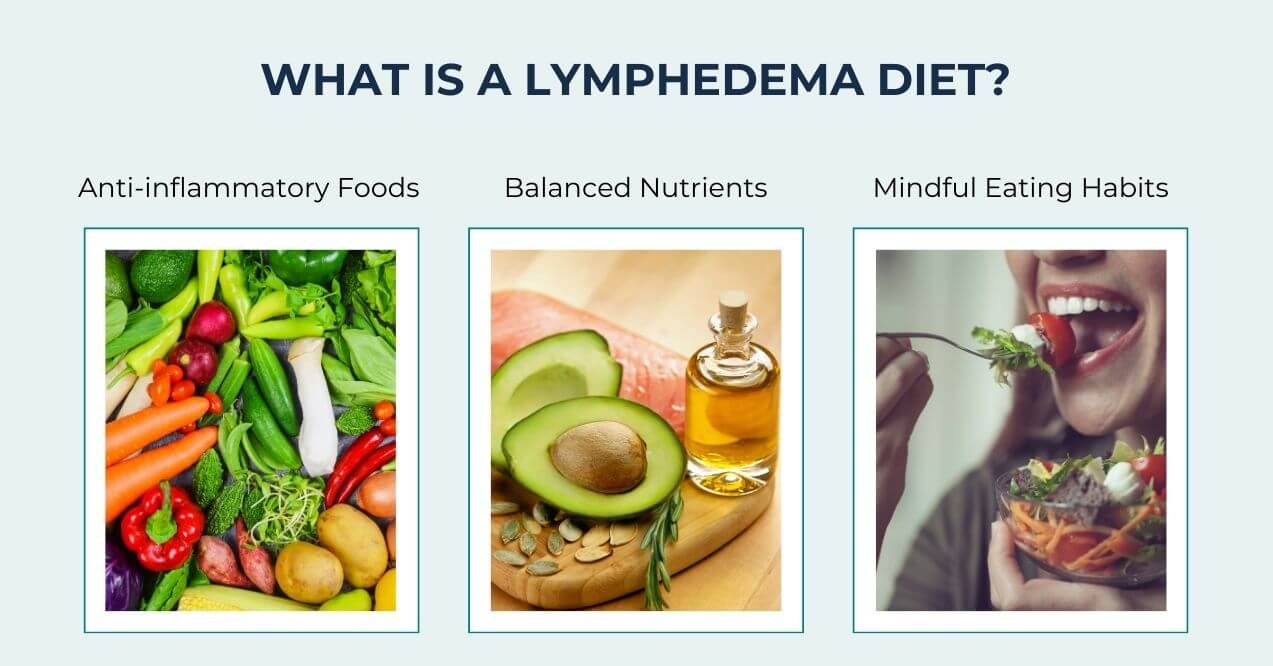
A lymphedema diet is a specialized eating approach designed to support your lymphatic system and complement other management strategies. While nutrition alone isn’t a standalone solution, research suggests that certain dietary choices can play a supportive role in managing lymphedema symptoms and maintaining lymphatic health.
The foundation of a lymphatic diet focuses on three key principles:
- Anti-inflammatory Foods – Including plenty of colorful fruits, vegetables, and plant-based proteins that naturally support your body’s ability to manage inflammation and maintain fluid balance.
- Balanced Nutrients – Ensuring adequate protein intake while maintaining appropriate portions of healthy fats and complex carbohydrates. This balance helps support tissue health and maintain proper fluid levels in your body.
- Mindful Eating Habits – Paying attention to portion sizes, meal timing, and food choices that help maintain a healthy weight, which is crucial for managing lymphedema.
Think of a lymphatic diet as one piece of a larger puzzle. When combined with Complete Decongestive Therapy (CDT) and regular physical activity, proper nutrition can help support your body’s natural processes and contribute to better management of lymphedema symptoms.
Weight Management as Lymphedema Prevention
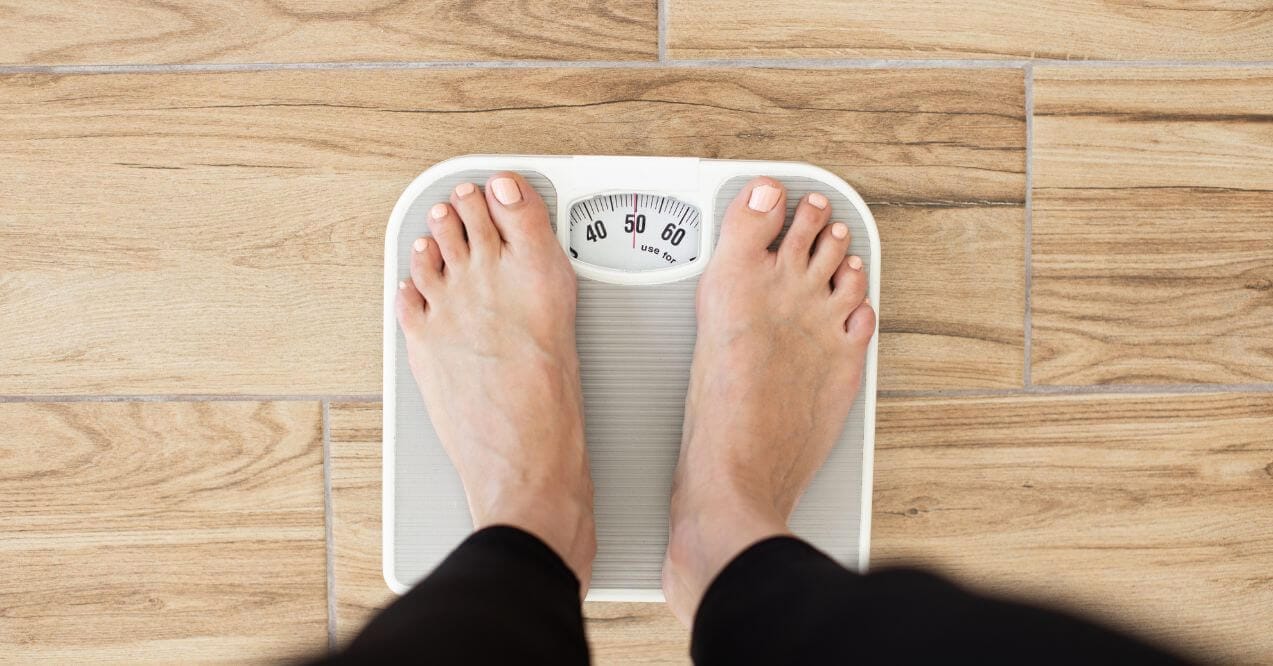
Understanding how weight affects your lymphatic system can help you make informed choices about your lifestyle. When your body carries extra weight, it can place additional stress on your lymphatic vessels, potentially affecting how well they transport fluid throughout your body.
Research has consistently shown a strong connection between body weight and lymphedema symptoms, making weight management an important focus in lymphedema prevention and treatment strategies. Here are results from 3 different research:
Weight Management Study No. 1
A 12-week medical study focused on individuals with breast cancer-related lymphedema. The research team worked with 21 women who were experiencing arm swelling. The participants were divided into two groups: one received specific dietary guidance for weight management, while the other received a general healthy eating booklet.
Main findings from the weight reduction group:
- Significant reduction in swollen arm volume after 12 weeks.
- Notable improvements in overall body weight.
- Positive changes in body composition.
Weight Management Study No. 2
A comprehensive 24-week study examined 64 women managing breast cancer-related lymphatic challenges in their arms. The researchers divided participants into three specific groups:
- Reduced Energy Group – Followed a diet with reduced daily food intake.
- Low-Fat Group – Maintained their usual energy intake but reduced fat consumption.
- Control Group – Continued their regular eating patterns without changes.
Main findings from reduced energy and low-fat groups:
- Significant reduction in body weight
- Clear improvements in body composition
- Positive changes in skin fold measurements at four body sites.
- A strong correlation emerged between weight management and reduced arm volume.
Weight Management Study No. 3
A thorough study examined evidence-based approaches for managing lymphedema following breast cancer care.
Key recommendations:
- Regular arm measurements at four specific points
- Monitoring for feelings of heaviness or tightness
- Consistent use of compression garments
- Attention to proper skin care
- Regular gentle movement
- Focus on balanced nutrition
Strategies for Success:
- Choose nutrient-rich whole foods
- Stay consistently hydrated
- Engage in gentle daily movement
- Make gradual lifestyle changes
- Monitor measurements regularly
It’s important to note that each person’s experience is unique. The research indicates that combining thoughtful nutrition choices with appropriate physical activity provides the most comprehensive support for lymphatic health.
Choosing the Right Fats for Lymphedema Diet
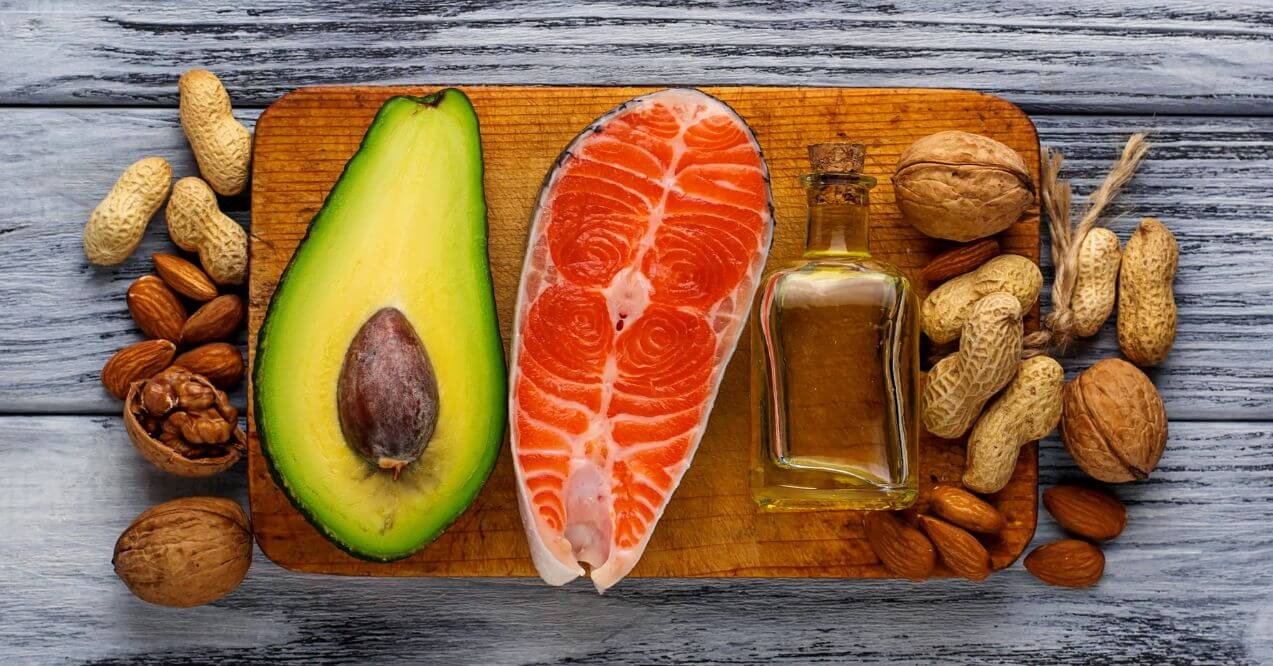
A diet for lymphedema should include carefully selected fats that support your lymphatic system’s natural function. Not all fats affect your body the same way – choosing the right types can make a significant difference in how you feel.
Here’s a simple guide to beneficial fats:
| Type of Fat | Sources | Benefits for Lymphatic Health |
| Omega-3 Fatty Acids | Fish (salmon, mackerel), walnuts, chia seeds | Supports natural body processes |
| Monounsaturated Fats | Olive oil, avocados, almonds | Helps maintain healthy circulation |
| Medium-Chain Triglycerides (MCTs) | Coconut oil | Supports lymph fluid movement |
| Plant-Based Essential Fats | Flaxseeds, pumpkin seeds | Promotes overall wellness |
Fats to avoid:
| Type of Fat | Sources | Impact on Health |
| Trans Fats | Processed snacks, margarine, fried foods | May contribute to inflammation and fluid retention |
| Excessive Saturated Fats | Fatty cuts of meat, full-fat dairy, processed meats | Can increase inflammatory markers in the body |
Low Fat Diet Study No. 1
A recent study looked at how different diets affect lymphatic health and overall well-being. Researchers divided participants into two groups. One group followed a low-fat eating plan without cutting total food intake. The other group continued their usual eating habits or followed different diets.
Key findings of low-fat group:
- Participants reported feeling lighter and experienced fewer instances of bloating and discomfort.
- Researchers observed a modest reduction in body fat percentage and improved lean mass retention.
- The low-fat group showed decreased arm circumference, which may indicate reduced fluid retention and improved lymphatic function.
Low Fat Diet Study No. 2
Another study examined how different dietary fats affect lymphatic function. Researchers analyzed the impact of various fat sources on lymphatic absorption over a 12-week period.
Key findings:
- Plant-based fats supported better comfort levels and digestion.
- Omega-3-rich foods improved lymphatic transport and absorption.
- Healthy fats, when consumed regularly, contributed to overall well-being.
- Balance mattered more than strict fat limitation in the diet.
Practical tips for including healthy fats:
- Start your day with seeds or nuts added to breakfast.
- Include a quarter avocado with your lunch.
- Use olive oil for cooking and dressing.
- Enjoy fatty fish 2-3 times per week.
- Snack on a small handful of mixed nuts.
- Add ground flaxseeds to smoothies or yogurt.
Introduce new foods gradually and pay attention to how your body responds. The goal is to find a balanced approach that works for your individual needs and preferences.
Hydration, Protein, and Salt Guidelines for Lymphedema
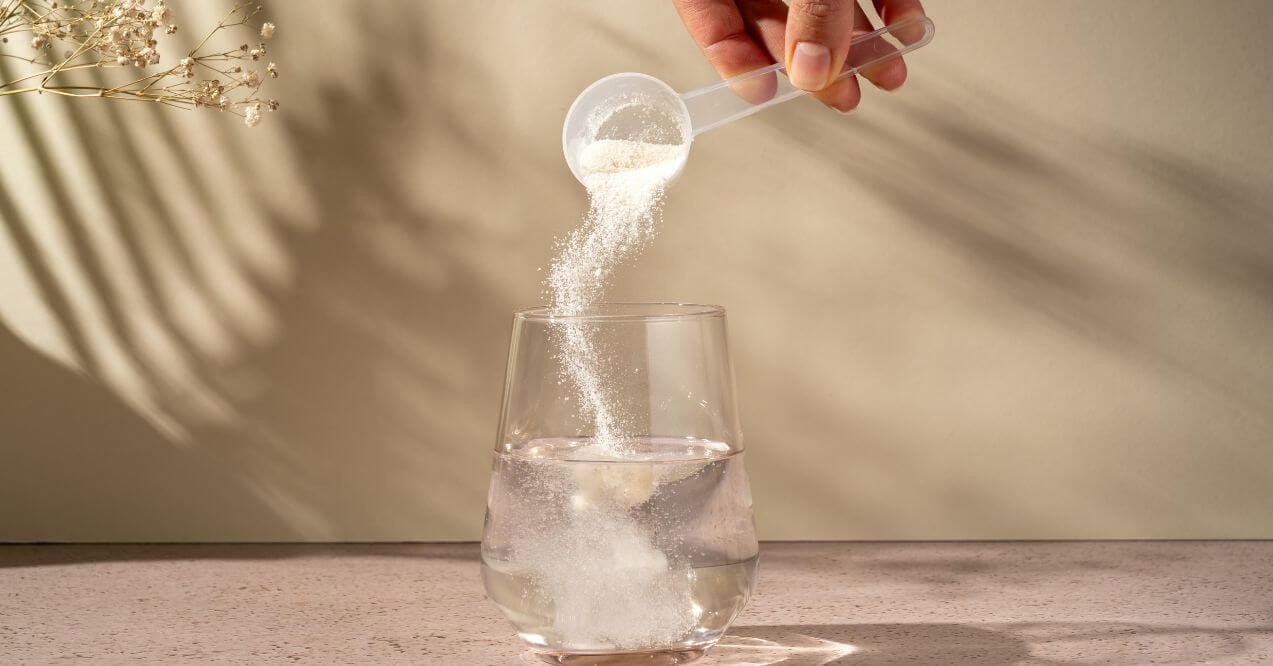
Understanding how to balance key nutrients can help support your lymphatic health while maintaining a comfortable weight. Here’s a comprehensive guide to help you make informed choices about your daily intake:
| Factor | Daily Recommendations | Benefits | Tips for Success |
| Hydration | 8-10 cups (64-80 fl oz) of water daily | Supports natural fluid balance Helps maintain energy levels aids lymph fluid movement | Start each day with 2 cups of water Use a 32 oz water bottle Include water-rich foods like cucumber and celery |
| Protein | 0.36-0.54g per pound of body weight | Supports tissue health Helps maintain fluid balance Provides steady energy | Include protein at each meal Choose lean sources Space intake throughout the day |
| Salt | Aim for less than 1 teaspoon (2,300mg) daily | Helps maintain fluid balance Supports nerve and muscle function | Use herbs for flavor Read food labels Cook meals at home more often |
Timing your intake:
| Time of Day | Recommended Actions | Why It Matters |
| Morning | 1-2 cups of water Protein-rich breakfast | Starts your day with good hydration |
| Mid-Day | Regular water sipsBalanced lunch | Maintains steady fluid levels |
| Evening | Moderate fluid intakeLight protein serving | Supports overnight comfort |
Making simple changes to your daily food choices could make a big difference in how you feel. Try swapping salty snacks for fresh fruits and vegetables, which naturally support better hydration. Additionally, replace sugary drinks with water infused with lemon or cucumber for a refreshing alternative. Instead of eating three large meals, try smaller, more frequent portions to keep your energy steady throughout the day.
These simple adjustments help maintain comfort while supporting your body’s natural fluid balance. The key is to find alternatives you enjoy and can stick with long-term.
Other Lymphedema Diet and Lifestyle Tips
Different eating approaches can support your lymphatic health in unique ways. Understanding these options helps you choose what works best for your lifestyle. Here are some evidence-based approaches that have shown promising results.
Anti-Inflammatory Diet for Lymphedema
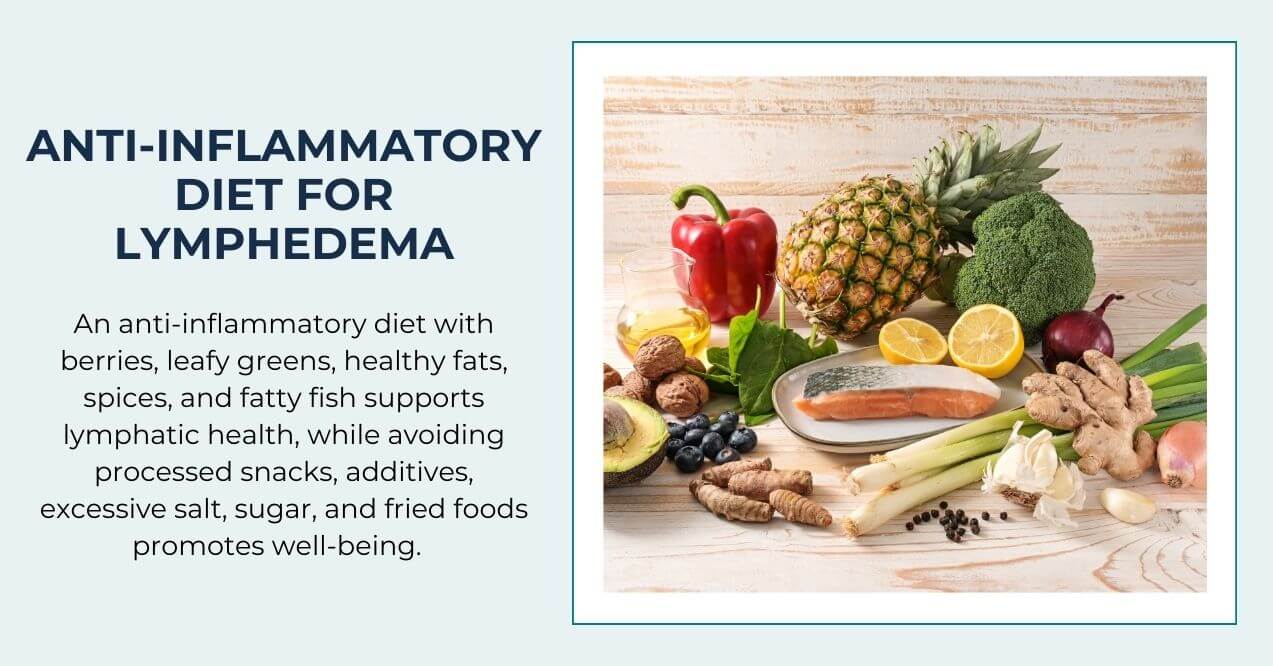
An anti-inflammatory diet focuses on foods that help support your body’s natural comfort levels. Research suggests this approach may help maintain healthy lymph flow and promote overall well-being. It’s also worth noting that poor dietary choices can contribute to nutrient gaps, which may lead to issues like signs you are iron deficient—such as fatigue, brittle nails, and hair thinning.
Beneficial foods include:
- Colorful berries (blueberries, strawberries, raspberries)
- Leafy greens (spinach, kale, Swiss chard)
- Healthy fats (olive oil, avocados, walnuts)
- Spices (turmeric, ginger, cinnamon)
- Fatty fish (salmon, sardines, mackerel)
The worst foods for lymphatic system include:
- Highly processed snacks
- Foods with artificial additives
- Excessive table salt
- Refined sugar products
- Fried foods
Tips for Success:
- Add one new anti-inflammatory food each week
- Include a variety of colors on your plate
- Prepare meals with fresh ingredients
- Choose whole foods over processed options
Intermittent Fasting Approach

Learning how to clean your lymphatic system can involve various dietary approaches, including intermittent fasting. This structured eating pattern may help support healthy fluid balance and overall well-being through mindful meal timing.
Common approaches include:
- 16/8 method (16 hours fasting, 8 hours eating)
- 12/12 method (12 hours fasting, 12 hours eating)
- Modified fasting (reducing intake on certain days)
Important considerations:
- Start gradually and listen to your body
- Stay well-hydrated during fasting periods
- Maintain regular meal times on eating days
- Focus on nutrient-rich foods during eating windows
- Monitor how your body responds
Immune Supportive Diet

Supporting your immune system through diet can complement your lymphatic health routine. Focus on foods rich in essential nutrients that help maintain healthy tissue function.
Key components:
- Vitamin C-rich foods (citrus fruits, bell peppers, strawberries)
- Zinc sources (pumpkin seeds, lentils, chickpeas)
- Antioxidant-rich foods (dark chocolate, pecans, artichokes)
- Probiotic foods (yogurt, kefir, sauerkraut)
- Fresh herbs (oregano, thyme, rosemary)
Daily practices to consider:
- Start your day with warm lemon water
- Include fresh fruits and vegetables at each meal
- Prepare homemade soups with immune-supporting ingredients
- Snack on nuts and seeds
- Drink green tea throughout the day
While focusing on proper nutrition and lifestyle choices, some individuals find additional support beneficial. Supplements for lymphatic system support can provide extra help for maintaining healthy fluid balance and promoting efficient lymph flow.

However, supplements work best as part of a comprehensive approach that includes proper nutrition, gentle movement, and adequate hydration. They can complement, but should not replace, a balanced diet rich in whole foods.
Final Thoughts
A well-planned lymphedema diet serves as a valuable tool in supporting your lymphatic health and maintaining daily comfort. By focusing on balanced nutrition, proper hydration, and mindful eating patterns, you can take positive steps toward better fluid balance. The research suggests that combining thoughtful food choices with gentle movement provides comprehensive support for lymphatic health.
While dietary choices play an important role, they work best as part of a comprehensive approach to lymphatic health. Each person’s journey is unique, and finding the right balance of nutrition and lifestyle practices takes time and patience. The key lies in making sustainable changes that fit your individual needs and preferences.
By incorporating these evidence-based dietary guidelines into your daily routine, you can support your body’s natural processes and maintain better comfort levels throughout your day. Remember that small, consistent steps often lead to the most sustainable results.
Nutrient-rich foods support lymphatic health, including: leafy greens, berries, fatty fish, citrus fruits, nuts, seeds, and lean proteins. Include colorful fruits and vegetables, which contain beneficial compounds that support overall well-being.
It’s beneficial to limit alcohol and sugary beverages. Focus instead on water, herbal teas, and fresh vegetable juices. Space your fluid intake throughout the day rather than consuming large amounts at once.
Foods rich in vitamins C and E, along with antioxidants, support lymphatic health. Natural sources include citrus fruits, bell peppers, almonds, and sunflower seeds. A balanced diet typically provides adequate nutrients.
Early indicators include: feeling of heaviness in limbs, tightness in jewelry or clothing, reduced flexibility in joints, and changes in how clothes fit. Daily monitoring helps track any changes.
Focus on gentle, consistent approaches: choose nutrient-dense whole foods, maintain proper hydration, engage in appropriate movement, and make gradual dietary changes. Monitor comfort levels as you adjust eating patterns.
Sign up for our Healthy Living newsletter!
Advertisement. This site offers health, wellness, fitness and nutritional information and is designed for educational purposes only. You should not rely on this information as a substitute for, nor does it replace, professional medical advice, diagnosis, or treatment. If you have any concerns or questions about your health, you should always consult with a physician or other health-care professional. Do not disregard, avoid or delay obtaining medical or health related advice from your health-care professional because of something you may have read on this site. The use of any information provided on this site is solely at your own risk.
